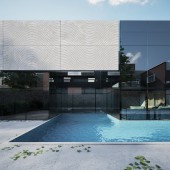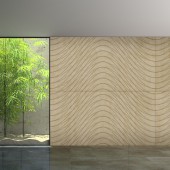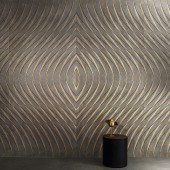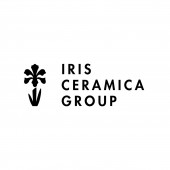Drift Antibacterial Ceramic Wall Cladding by Nikolaos Karintzaidis |
Home > Winners > #154733 |
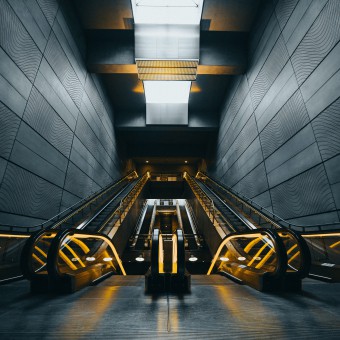 |
|
||||
| DESIGN DETAILS | |||||
| DESIGN NAME: Drift PRIMARY FUNCTION: Antibacterial Ceramic Wall Cladding INSPIRATION: Inspired by natural landscape of Emirates the ceramic wall panels capture essence of place while bringing physical scenery in the manufactured. Linear pattern mimics sand ridges as curved and parabolic lines formed by interaction with wind engraving land are translated to fluid geometry, taking cues from landscape topographical contouring. Referring to unique local geography, desert dunes and terrain contours shaped by the wind illustrate how human trace intersects with the trace of time. UNIQUE PROPERTIES / PROJECT DESCRIPTION: Ceramic wall panels can stand on their own but also develop patterns of visual continuity through modulation, an open ended process referring to Islamic motifs expanding infinitely. Their combination generates geometric patterns by simple rotation of slab, in order to achieve maximum degree of customisation with minimum use of construction elements. Module balances between geometric and abstract to fit different environments and ambience, with applications ranging from small to large scale. OPERATION / FLOW / INTERACTION: Encountering movement and plasticity, vibrations and pulses activate surfaces complementing ceramic slab texture and tactility. Employing metallic inks and tonal adjustments in combination with the wide range of Iris Ceramica slabs, users can add personality and distinctiveness in domestic habitat. Applied as cladding in building envelopes, geometric combinations form a dialogue with mutability of topography and urban environment. PROJECT DURATION AND LOCATION: The project was completed in 2023. FITS BEST INTO CATEGORY: Building Materials and Construction Components Design |
PRODUCTION / REALIZATION TECHNOLOGY: DYS is a versatile on demand decoration service patented by Iris Ceramica, making possible to produce any kind of decoration on ceramic surfaces. The result is a unique customisation that turns ceramics into an authentic art form. Taking advantage of innovative printing possibilities, a dynamic dialogue with technology and progress is materialised combining abstract with geometric. Continuous ripples add plasticity to flat surfaces, reflecting continuity of printing process and technical features behind manufacture of ceramic slabs. SPECIFICATIONS / TECHNICAL PROPERTIES: Active Surfaces natural materials combine science and design to improve wellbeing in spaces people live in. Active Surfaces turn ceramic slabs into an ecoactive material with four superior properties which are antibacterial and antiviral, antipollution, antiodour and selfcleaning certified to ISO standards. These materials can degrade bacteria and viruses including SARS CoV2, polluting particles and molecules responsible for bad odours. Ecoactive surface is also more resistant to dirt making it easier to clean. TAGS: innovation, sustainability, ceramics, heritage, environment RESEARCH ABSTRACT: With reference to traditional ceramics illustrating long history of building with earth, pottery lines highlight our common roots and deep connection with earth. Converting environment to artefact by combining natural and humanmade, project strengthens the correlation between material and final product through a conceptual process which underscores links among form and substance. Through visual and physical linkages, ceramic slabs design forges a strong link with what is made of, matter extracted from earth. CHALLENGE: Underscoring the relation among the conformation and the medium that is composed of, craft becomes a visual expression of the making activity as configuration seizes the memory of raw matter in the finished product. Converting impressions to physicality, place and memory are captured and preserved in space. Interplay of reflections and patterns reveals different textures in pools, spas and wellness centres. A visual reflection of people’s circulation in stations, shopping centres and public areas, flow is converted to spatial experience. ADDED DATE: 2023-09-27 09:30:31 TEAM MEMBERS (1) : IMAGE CREDITS: Studio Niko Kapa |
||||
| Visit the following page to learn more: https://www.irisceramicagroup.com | |||||
| AWARD DETAILS | |
 |
Drift Antibacterial Ceramic Wall Cladding by Nikolaos Karintzaidis is Winner in Building Materials and Construction Components Design Category, 2023 - 2024.· Press Members: Login or Register to request an exclusive interview with Nikolaos Karintzaidis. · Click here to register inorder to view the profile and other works by Nikolaos Karintzaidis. |
| SOCIAL |
| + Add to Likes / Favorites | Send to My Email | Comment | Testimonials | View Press-Release | Press Kit |

